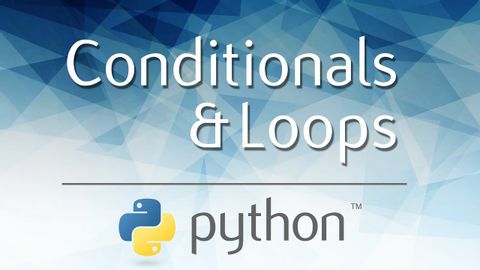條件語句和循環 (Conditional Statements and Loops)
 沒有此條件下的單字
沒有此條件下的單字US /səˈfɪstɪˌketɪd/
・
UK /səˈfɪstɪkeɪtɪd/
- adj.老於世故的;精緻的:富有經驗的
- v.t.老於世故的人
US /ˌsɪtʃuˈeʃən/
・
UK /ˌsɪtʃuˈeɪʃn/
US /ˈpræktɪs/
・
UK /'præktɪs/
- n.(醫生;律師等的)業務;工作;練習;慣例
- v.t./i.(醫生;律師等)開業;實踐;練習;操練;實踐
US /ˈstrʌk.tʃɚ/
・
UK /ˈstrʌk.tʃə/
- n. (c./u.)結構;建築物
- v.t.構成;組織

